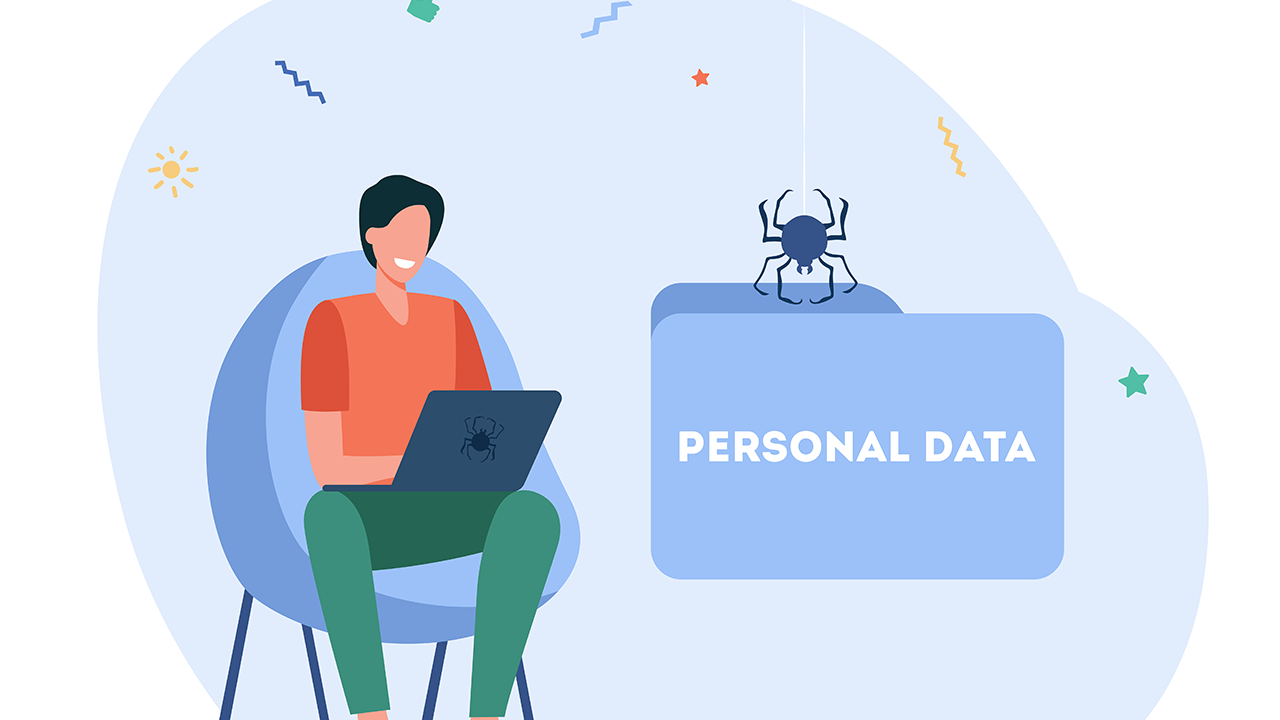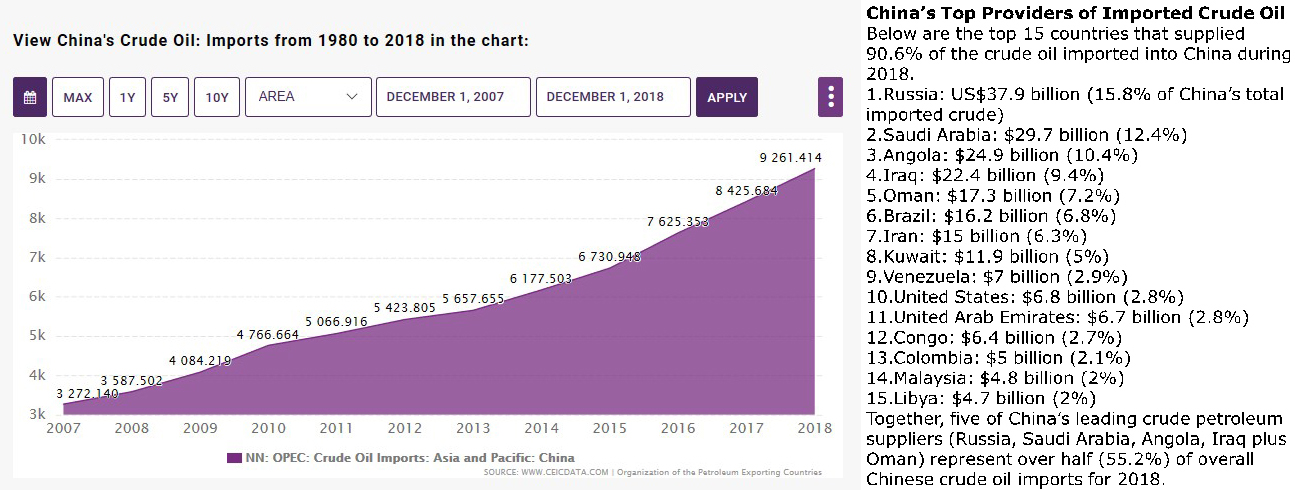The Ultimate Guide To Deleting Your Online Data

Table of Contents
Understanding Your Online Data Footprint
Before you start deleting, it's crucial to understand the extent of your online presence. Knowing where your data resides is the first step to effectively removing it.
Identifying Data Sources
Your online data footprint spans numerous platforms. Identifying all these sources is vital for complete data deletion. Common sources include:
- Social Media: Facebook, Instagram, Twitter, TikTok, LinkedIn, Pinterest, etc.
- Search Engines: Google, Bing, DuckDuckGo, etc. (they index information from other sites)
- Online Retailers: Amazon, eBay, Etsy, etc.
- Forums and Online Communities: Reddit, Stack Overflow, niche forums, etc.
- Email Providers: Gmail, Outlook, Yahoo, etc.
- Banking and Financial Institutions: Online banking portals, investment platforms, etc.
- Cloud Storage: Google Drive, Dropbox, iCloud, etc.
- Online Gaming Platforms: Steam, Playstation Network, Xbox Live, etc.
Failing to identify all accounts and platforms holding your data means incomplete data removal and continued vulnerability.
Assessing the Risks of Leaving Data Online
Leaving your personal data online exposes you to several significant risks:
- Identity Theft: Hackers can use your information to open fraudulent accounts, steal your money, or commit other crimes.
- Data Breaches: Companies storing your data can be targets of cyberattacks, resulting in your information being leaked.
- Stalking and Harassment: Your online presence can be used to track your movements, contact you unsolicited, or cause you harm.
- Reputation Damage: Outdated or inaccurate information can negatively impact your professional and personal life.
Here are some examples of data breaches and their consequences:
- Equifax Breach (2017): Millions of individuals had their sensitive personal information exposed, leading to identity theft and financial losses.
- Yahoo Data Breaches (2013, 2014): Billions of user accounts were compromised, impacting user trust and security.
Deleting Data from Social Media Platforms
Deleting your social media accounts is a crucial step in minimizing your online footprint. However, the process varies across platforms.
Step-by-Step Deletion Process for Major Platforms
The process for deleting accounts on major social media platforms generally involves accessing settings, navigating to account management, and initiating the deletion process. Specific steps vary, but usually involve:
- Facebook: Go to Settings & Privacy > Settings > Your Facebook Information > Deactivation and Deletion.
- Instagram: Go to your profile > Settings > Account > Delete Account.
- Twitter: Go to Settings and privacy > Account > Deactivate your account. Note: Twitter's deactivation is temporary. Permanent deletion requires separate steps. (Detailed instructions with screenshots are recommended for each platform in a fully realized article.)
Understanding Data Retention Policies
It's vital to understand that even after deleting your account, some platforms retain your data for various periods (often for legal or archival purposes). Check each platform's privacy policy for specifics on their data retention policies. This may include:
- Backup Data: Some platforms keep backups of your data for a certain period.
- Legal Requirements: Platforms might be legally obligated to retain data for a specific time.
- Third-Party Data: Data shared with third-party apps might persist even after account deletion.
Removing Data from Search Engines
Search engines index information from across the web. While you can't completely erase your presence, you can try to remove certain content.
Using Google's Removal Tools
Google offers tools to request the removal of outdated or inaccurate personal information from search results. These tools are not always successful, but they're worth trying. The process generally involves:
- Identifying the URL: Locate the specific URL containing the information you want removed.
- Submitting a Removal Request: Use Google's removal request form, providing the URL and explaining why the information should be removed.
- Reviewing the Request: Google will review your request and inform you of their decision.
Dealing with Other Search Engines
While Google's tools are the most well-known, other search engines (Bing, DuckDuckGo, etc.) also have their own removal processes. These processes may differ; check each search engine's help pages for specifics.
Managing Data from Other Online Services
Beyond social media and search engines, numerous online services hold your data. Managing this data is just as important.
Deleting Data from Online Retailers and Service Providers
Many online retailers and service providers (Amazon, banking websites, etc.) store extensive personal information. You should regularly review this information and delete what's unnecessary. Check each service's privacy settings and data deletion options. Remember to:
- Review Account Settings: Check privacy settings and adjust them accordingly.
- Access Your Data: Most services allow you to download or access a copy of the data they hold on you.
- Request Deletion: Many services provide mechanisms for deleting specific data or requesting account closure.
The Importance of Regular Data Reviews
Proactive data management is key. Regularly reviewing and updating your online privacy settings, and deleting unnecessary data, should be a habit. This helps you maintain control and reduces your risk. Consider:
- Quarterly Reviews: A good starting point for checking all major accounts.
- Annual Deep Dive: A more thorough review of all data held by various services.
- Automated Tools: Some services and browser extensions can help automate data management tasks.
Conclusion
Deleting your online data is a crucial step towards protecting your privacy and online security. By following the steps outlined in this guide, you can take control of your digital footprint and minimize potential risks. Remember, proactively managing your online data is an ongoing process. Regularly review your accounts, update your privacy settings, and delete unnecessary information. Take charge of your digital life today and reclaim your online privacy by mastering the art of deleting your online data.

Featured Posts
-
 Die 50 Zweite Staffel Teilnehmer Ausstieg Streaming And Komplette Folgen
Apr 23, 2025
Die 50 Zweite Staffel Teilnehmer Ausstieg Streaming And Komplette Folgen
Apr 23, 2025 -
 Augmentation Des Budgets Militaires Usa Vs Russie Decryptage De John Plassard 17 02
Apr 23, 2025
Augmentation Des Budgets Militaires Usa Vs Russie Decryptage De John Plassard 17 02
Apr 23, 2025 -
 Hakkari De Kar Sebebiyle Okullar Tatil Mi Valilik Karari Ve Duyurular
Apr 23, 2025
Hakkari De Kar Sebebiyle Okullar Tatil Mi Valilik Karari Ve Duyurular
Apr 23, 2025 -
 Hollywood At A Standstill The Impact Of The Writers And Actors Strike
Apr 23, 2025
Hollywood At A Standstill The Impact Of The Writers And Actors Strike
Apr 23, 2025 -
 Royals Fall To Brewers On Walk Off Bunt
Apr 23, 2025
Royals Fall To Brewers On Walk Off Bunt
Apr 23, 2025
